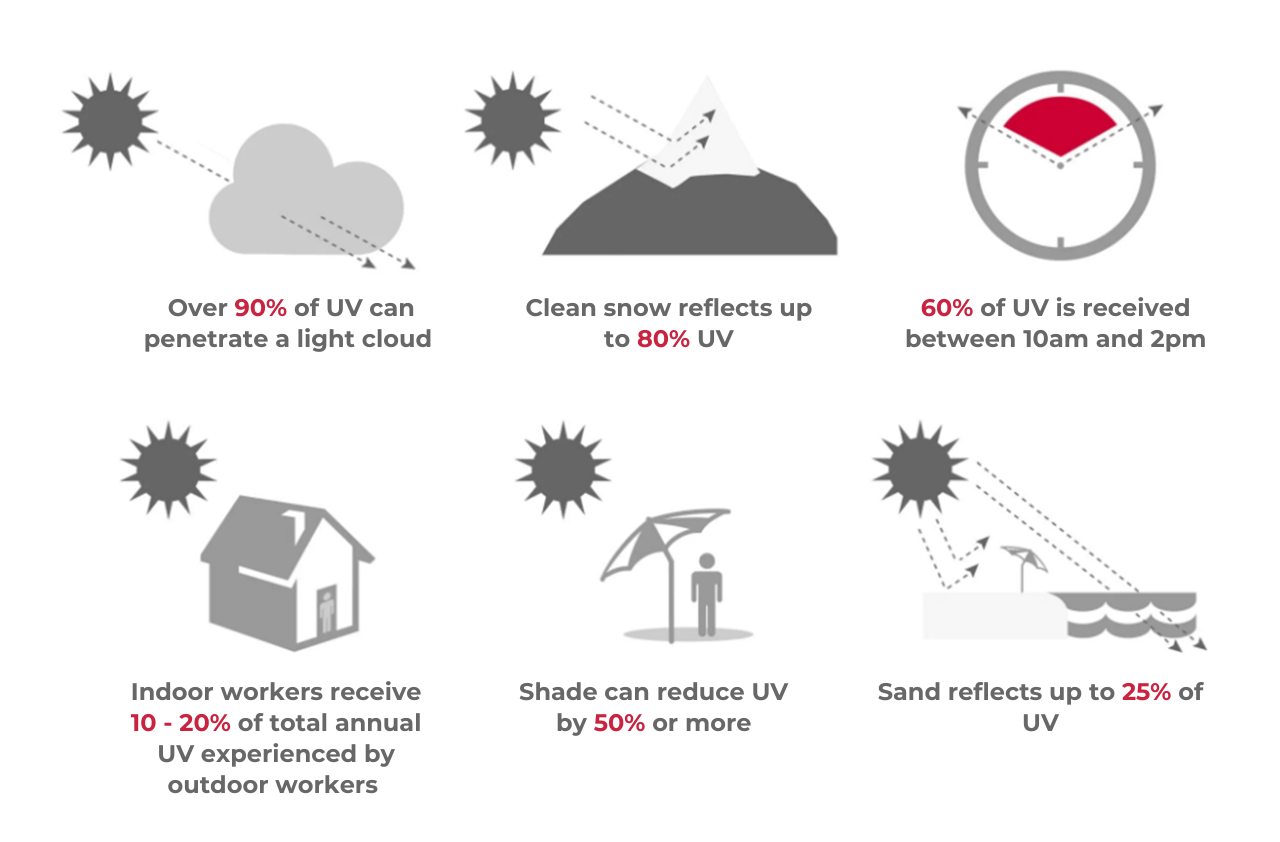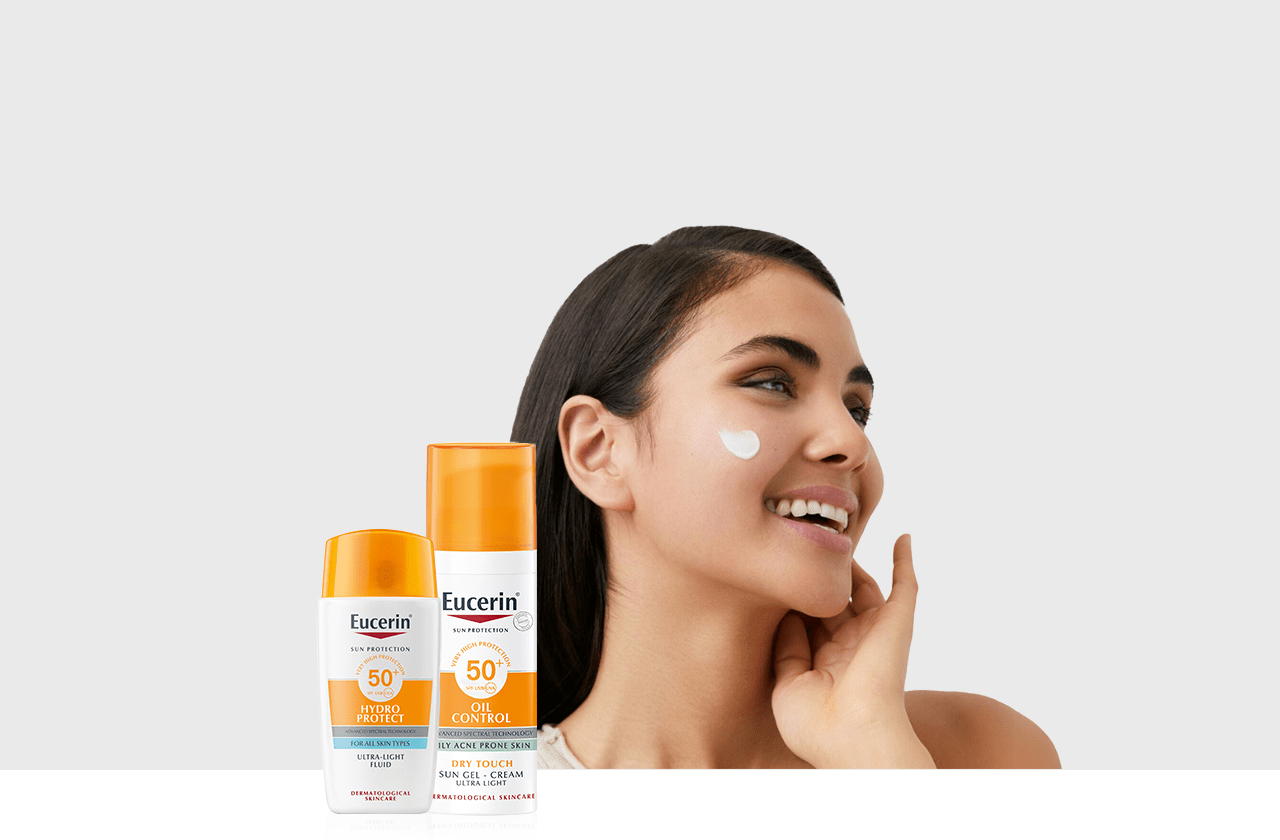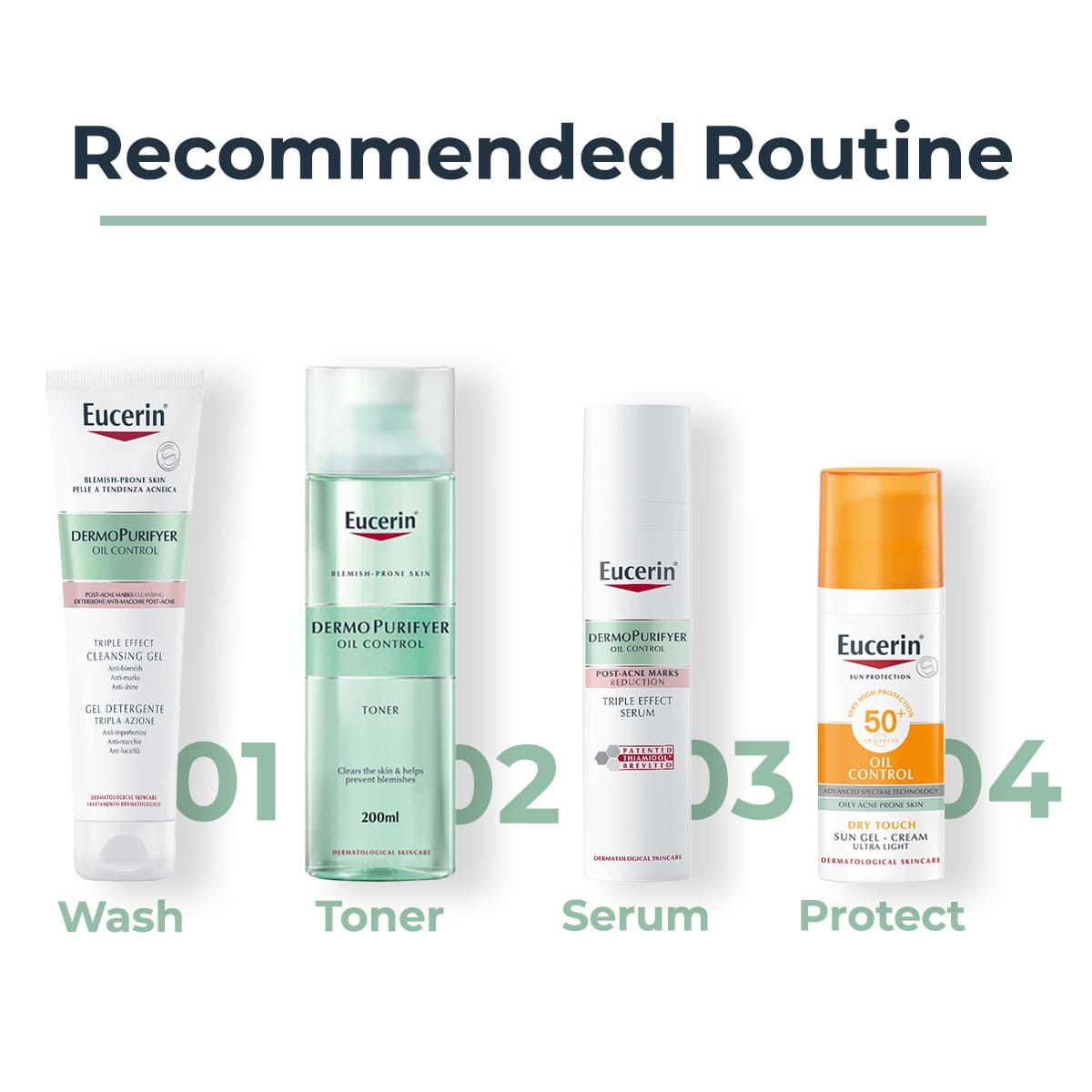Sun damage shows itself in various manners—be it dark spots, hyperpigmentation, tan, or sunburns. However, photoaging comes in as one of its most irreversible harms. Premature skin aging, or photoaging, sets in the form of wrinkles, uneven pigmentation, and roughness that makes your skin appear older than it is.
As the name suggests, photoaging is often a result of long days under the sun and its UV. But one can’t shy away from the sun forever. This is why it's vital to implement all the right preventative measures to dodge withered skin.
Keynotes:
- Photoaging is a commonly overlooked skin concern that happens when your skin is exposed to UV rays, causing wrinkles, spots, and sagging over time.
- Sunscreens are a must to prevent photoaging, shielding you from harmful UVA and UVB rays; broad-spectrum sunscreens give you the best defense.
- Skincare regimens with Thiamidol, antioxidants, retinoids, and humectants can help fight photoaging.
- Lifestyle changes like protecting your skin from the sun, eating well, and staying hydrated can also slow down photoaging.



